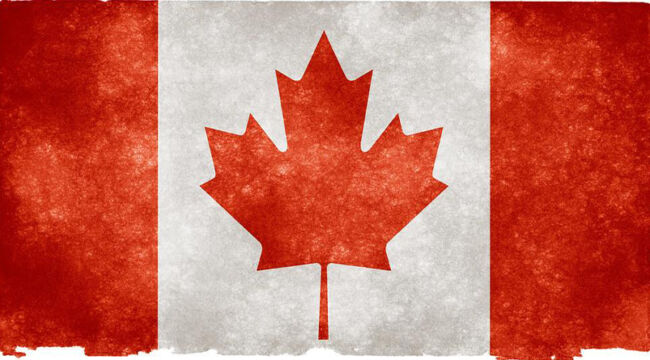Can Canada Survive Trump 2.0?
Canada’s exports to the U.S. make up more than 20% of its GDP. This is an absurdly large number. Only Mexico is more dependent on trade with America.
Over the past decade America’s trade deficit with our northern neighbor has soared higher. They’re selling a ton of goods to us, but aren’t buying nearly as much.
President Trump doesn’t like this. He has not only threatened 25% tariffs, but also to absorb Canada as the “51st state”.
Trump clearly wants something from Canada. And I suspect it will involve major revisions to trade deals with Canada and Mexico. Existing deals still tend to favor companies building products outside American borders.
Major change is coming. As investors, we must get prepared.
Massive Investor Implications
Interestingly, the trade war threat hasn’t hurt Canada’s stock market, yet at least. The largest Canada ETF, EWC, is sitting just below all-time highs. (It’s worth noting that those all-time highs are barely above the 2007-2008 peaks.)
Currency is where we’ve seen most of the action so far. The Canadian dollar has fallen dramatically against USD over the past few years, cushioning the blow of potential tariffs. As Canada’s dollar falls, its export sector benefits.
If the Canadian dollar continues to dive, this could essentially negate the effect of tariffs. And if Trump does go through with the 25% move, it’s likely that Canada would move to weaken its currency even further against the American dollar.
This is a typical trade war playbook. Politicians, international traders, and central banks execute complex strategies to attempt to maximize their own prospects.
Trade wars are chaotic and ruthless. Every country for themselves. This one will be no different.
To understand the dynamics of our relationship with Canada, it helps to look at what our trade deficit with Canada consists of. Jim Rickards did just that in Trade Wars Bring Pain… And Opportunity:
Canadian exports to the U.S. are dominated by energy products (about $165 billion) followed by automobiles and parts (about $83 billion), and consumer goods (about $70 billion). Electronics, food, fish and aircraft make up a relatively small part of the total.
We don’t know yet if the tariffs will apply to energy products. It has been rumored that a lower 10% rate will be applied to oil and gas. This will be a key aspect of the trade war.
Tariffs on Canadian energy of even 10% would drastically boost domestic U.S. energy production. All of a sudden, US oil producers would have a major advantage on their Canadian competitors in terms of pricing.
Many people seem to be doubting whether Trump will follow through with these tariffs. I believe there’s an excellent chance he actually does it.
Trump wants America to be completely energy-independent, and he wants companies to build products within our borders. These are not empty campaign promises, he actually intends to do them.
These tariffs would likely severely affect the Canadian economy. It might put them in a situation where joining the U.S. empire becomes appealing. People think Trump’s joking about that too, but I’m not so sure…
The “Day of Reckoning” Has Arrived
The implications of this trade war are broad and meaningful. Canada will be one of the key trade relationships to monitor.
In this war, there will be winners, and there will be losers. Investors need a plan to make sure they are on the right side of these trades.



Comments: